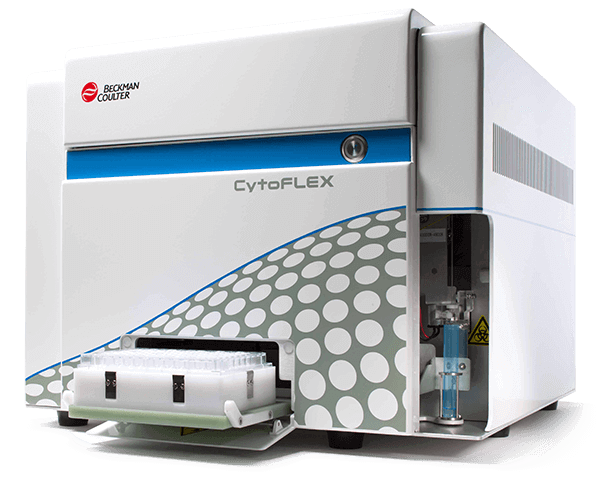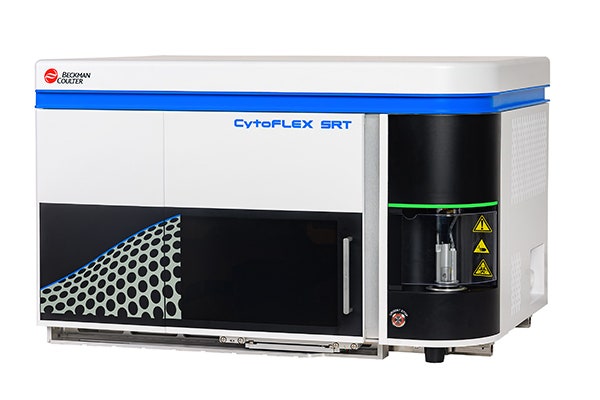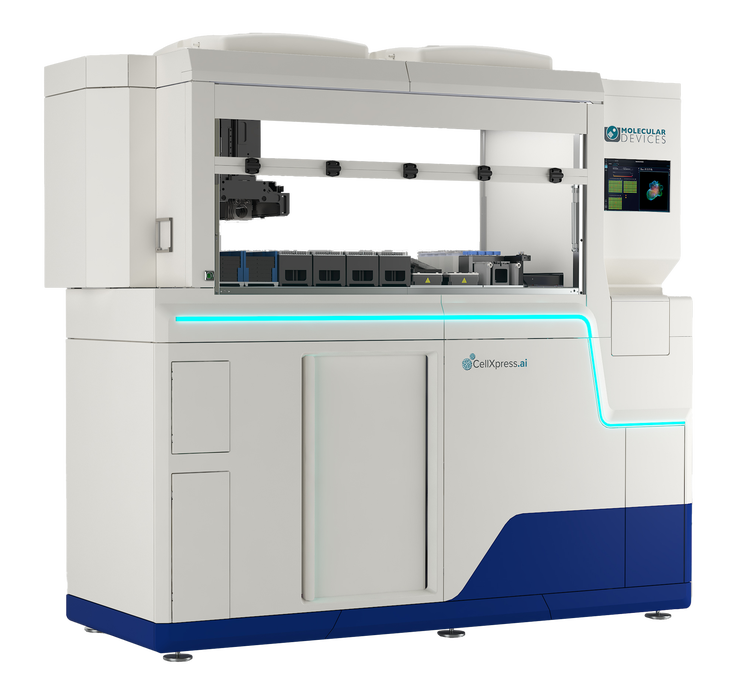In the field of biologics production, cell lines play a crucial role in the development of life-saving treatments and diagnostic tools. These cell lines are stored in specialized facilities called cell banks, which serve as a repository of cell lines for future use. However, ensuring the quality and safety of these cell lines is of utmost importance, as any deviation from established guidelines can have serious consequences. This is where cell bank characterization guidelines come into play.
Cell bank characterization guidelines are a set of established protocols and procedures used to evaluate the quality and safety of cell lines stored in a cell bank. These guidelines ensure that the cells remain viable and stable and maintain their genetic and phenotypic characteristics. The guidelines also help to prevent contamination by microorganisms or other cell lines, which can compromise the quality of the cells and impact the safety of biologics produced from them.
Following established cell bank characterization guidelines is crucial for several reasons. Firstly, it ensures the reproducibility of research results. By maintaining the genetic and phenotypic characteristics of the cells, researchers can ensure that their experiments are consistent and reliable. Secondly, it ensures the safety of biologics produced from these cells. Contamination or genetic instability can produce unsafe biologics, seriously affecting patients.
Cell Bank Types
A cell bank is designed to preserve desired cell lines for future research and drug development applications under optimal conditions.
Below are different types of cell banks created during biologics' production and manufacturing process.
- Research Cell Bank (RCB): This cell bank acts as a foundation for the development of a master cell bank. As the name suggests, it is used for research and development purposes. It's a pre-GMP cell bank, meaning regulations are not as stringent compared with those for GMP-developed banks.
- Master Cell Bank (MCB): This is created using a well-characterized monoclonal cell line. To ensure the identity and purity of cell lines, master cell bank characterization is performed using assays, such as mycoplasma and retroviral reverse transcriptase activity tests, in vitro and in vivo safety testing assays, and screening tests. The MCB is developed after the RCB.
- Working Cell Bank (WCB): This is formed from the continued subculture of the MCB. WCBs are used to maintain a consistent supply of cells for experimentation or production purposes. It is important to maintain the identity, genetic stability and viability of the cells in the WCB to ensure reproducibility of results and consistency in product quality. Quality control measures are put in place to monitor WCB characteristics bank and ensure that it meets regulatory requirements.
- End-of-Production Cell Bank (EOP CB): This cell bank is created from vials of the working cell bank (WCB). The cell bank undergoes detailed analysis, including assessments of cell count, viability, shape, genetic structure (karyotyping), presence of contaminants like mycoplasma, and the existence of endotoxins. These cells act as a quality check for future use in research and development and can serve as references.
Strict quality control protocols are required to develop cell banks regardless of the development stage.
Featured Product
Cell Bank Characterization Guidelines: Ensuring Quality and Safety for Biologics

Explore Products from the Life Sciences Companies of Danaher

Key Components of Cell Bank Characterization
Cell line characterization involves testing procedures to evaluate product identity and quality before cell banking. The protocols and mandatory tests are determined by regulatory agencies like the US Food and Drug Administration (FDA), World Health Organization (WHO), European Medicines Agency (EMA) and International Council for Harmonisation of Technical Requirements for Pharmaceuticals for Human Use (ICH) to ensure the safety and stability of cell substrates used to produce biologics. These guidelines provide a framework for developing and maintaining cell banks and ensure that they meet certain quality and safety standards.
Current good manufacturing practices (cGMP) guidelines are crucial in the field of biologics production. The guidelines represent the latest and most advanced methods for monitoring and manufacturing biological raw materials and cell substrates. They ensure that the manufacturing process complies with the highest safety, efficacy and quality standards. These guidelines provide manufacturers with a framework to produce safe biologics, thereby benefiting patients and healthcare providers.
Cell banks are characterized via multiple testing procedures to detect and identify contaminants, reducing the risk of adventitious agents. Common parameters to characterize are listed below.
- Sterility
- Identity
- Purity
- Genetic profiling
- Cell substrate stability
- Karyology
- Tumorigenicity
See how Danaher Life Sciences can help
Cell Line Identity
Cell line identity refers to the verification of the origin and identity of the cells in the cell bank. This is important because misidentifying cell lines can lead to inaccurate research results and unsafe biologics. The identity of a cell line is determined by its phenotypic and genotypic characteristics. For mammalian cells, morphological assessments or tests like isoenzyme analysis, banding cytogenetics, biomarker detection and DNA analysis are enough to verify cell line identity. Detection of a variable number of tandem repeats, restriction fragment length polymorphism (RFLP), or genomic dinucleotide repeats can also be performed. Microbial cell bank characterization includes such tests as growth analysis on selective media, phage typing and expression construct analysis.
Cell Line Viability and Stability
Cell line viability and stability testing is crucial to maintaining the consistency of the manufactured biological products. Cell line viability refers to the ability of the cells to remain alive and functional over time. Stability refers to the ability of the cells to maintain their genetic and phenotypic characteristics over time.
The two main concerns around cell bank stability include:
- Maintaining production capacity after being stored or preserved for a prolonged period.
- Ability to produce consistent biological products even after banking.
The stability evaluation of the cell bank is performed at two stages, first when the cell lines have undergone only a few subculturing processes. The other is at the stage where cells have undergone many subculturing steps but retain maximum in vitro production. Stability tests include product analysis, nucleic acid testing, and genotypic or phenotypic marker assessment. Factors that can affect cell line stability include cryopreservation, passaging and culture conditions. Techniques used to assess cell line viability include cell counting, trypan blue exclusion and metabolic activity assays.
Genetic Stability
Mutations in genomic DNA can occur during cell passage, altering the final biological products. Thus, genetic stability tests are performed to assess the integrity and stability of cell banks before and after their preservation. Some approaches used include karyotyping, DNA sequencing and gene copy number assessment.
Phenotypic Characterization
The suitability of a drug substance used for medicinal purposes depends on the cells it’s produced from. Thus, the characterization of cell lines before banking is essential in drug manufacturing processes. Phenotypic characterization of cells assesses the cell lines on a morphological and functional basis, assuming the subcultured cells are identical to their parent cell line, thus maintaining similar product quality characteristics.
One validated technique used for phenotypic characterization and derivation of clonal cell lines is the FACS (fluorescence-activated cell sorting) technique. It separates specific cell populations from a heterogeneous cell sample based on their surface markers. Multiple parameters can be used to study the similarities and differences between cell lines accurately. Growth and functional characteristics are also assessed to understand in vitro cell age and population doubling time.
Featured Product

CytoFLEX SRT Benchtop Cell Sorters
CytoFLEX SRT Cell Sorter is a benchtop sorter. It is capable of meeting requirements for a wide range of sorting needs. It features up to 15 fluorescent colors to define populations.

CellXpress.ai Automated Cell Culture System
Automate the entire cell culture process to improve workflows and make assays more reliable and reproducible.
The CellXpress.ai™ Automated Cell Culture System is an AI-driven cell culture innovation hub that gives your team total control over demanding cell culture feeding and passaging schedules—eliminating time in the lab while maintaining a 24/7 schedule for growing and scaling multiple stem cell lines, spheroids, or organoids.
Contamination Testing
Contamination testing is crucial for the safety evaluation of biological substrates. They provide insight into the purity of cell lines, i.e., they are free of all contaminants. This is required to determine the safety of manufactured products and is supplemented by stringent quality control measures.
Some common contaminants of cell banks include mycoplasma, viruses (such as herpesvirus), and certain bacteria and fungi. Processes including agar, broth and cell culture can test for mycoplasma. Viral safety (or safety from adventitious virus) includes in vitro assays like PCR and in vivo inoculation tests.
It is essential to have strict quality control measures in place to prevent contamination. However, testing is still necessary to ensure that contamination is avoided. Developing standard operating procedures (SOPs) and accident protocols is crucial, and it is mandatory to document all procedures and results. Regular audits ensure that guidelines are followed and the risk of contamination is minimized.
Regulatory Considerations
Safety is of utmost importance when it comes to the manufacturing of drugs and vaccines. Regulatory guidelines have been established to evaluate the biosafety of cell products used. A critical aspect of this evaluation is the characterization of cell banks. Regulatory organizations require this process to ensure the products are safe for human use. Through cell bank characterization, it is possible to understand the origin and history of a cell line, as well as how it was prepared and handled during the production process. Additionally, it helps to determine the purity and stability of the cell line.
Regulatory standards exist to ensure that cell lines obtained from cell banks are of the highest quality and meet the necessary criteria to produce biopharmaceutical products. These standards guarantee that the cell lines have similar performance characteristics to their original cells, including productivity, performance and quality. By adhering to these guidelines, the safety and efficacy of biopharmaceutical products can be maintained at all times.
FAQs
What is cell bank characterization?
Cell bank characterization is the process of testing cell banks for their identity, purity, stability, safety, and production ability. It’s a strict quality control measure for the biosafety evaluation of manufactured biotechnology and pharmaceutical products.
Why do we need to characterize cultured cells?
Cell characterization is essential to identify the cell lines used in the production process, their genotypic and phenotypic characteristics, and their production ability over time. This is a critical part of the quality control process for cell-derived substrates.
What are the methods of cell characterization?
Cell characterization is performed using many testing procedures, such as sequencing, isoenzyme analysis, banding cytogenetics, PCR, cell sorting, nucleic acid testing, DNA fingerprinting and more.
What stability tests are performed on cell banks?
The stability tests performed on cell banks include nucleic acid testing, genotypic or phenotypic markers assessment, qPCR and high-throughput sequencing.